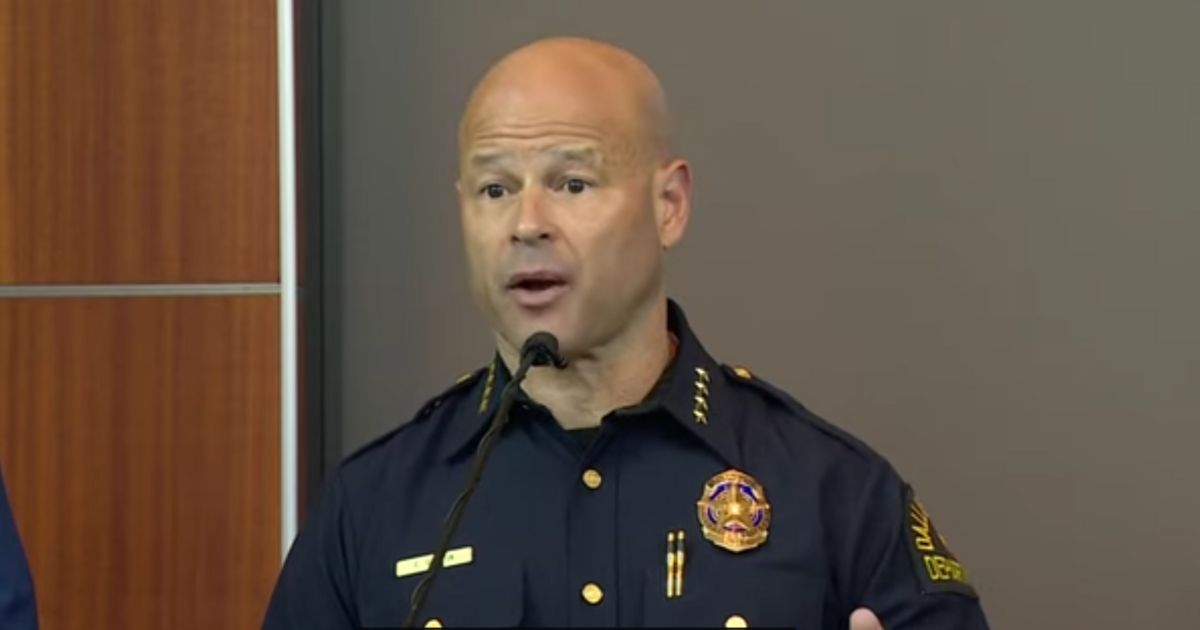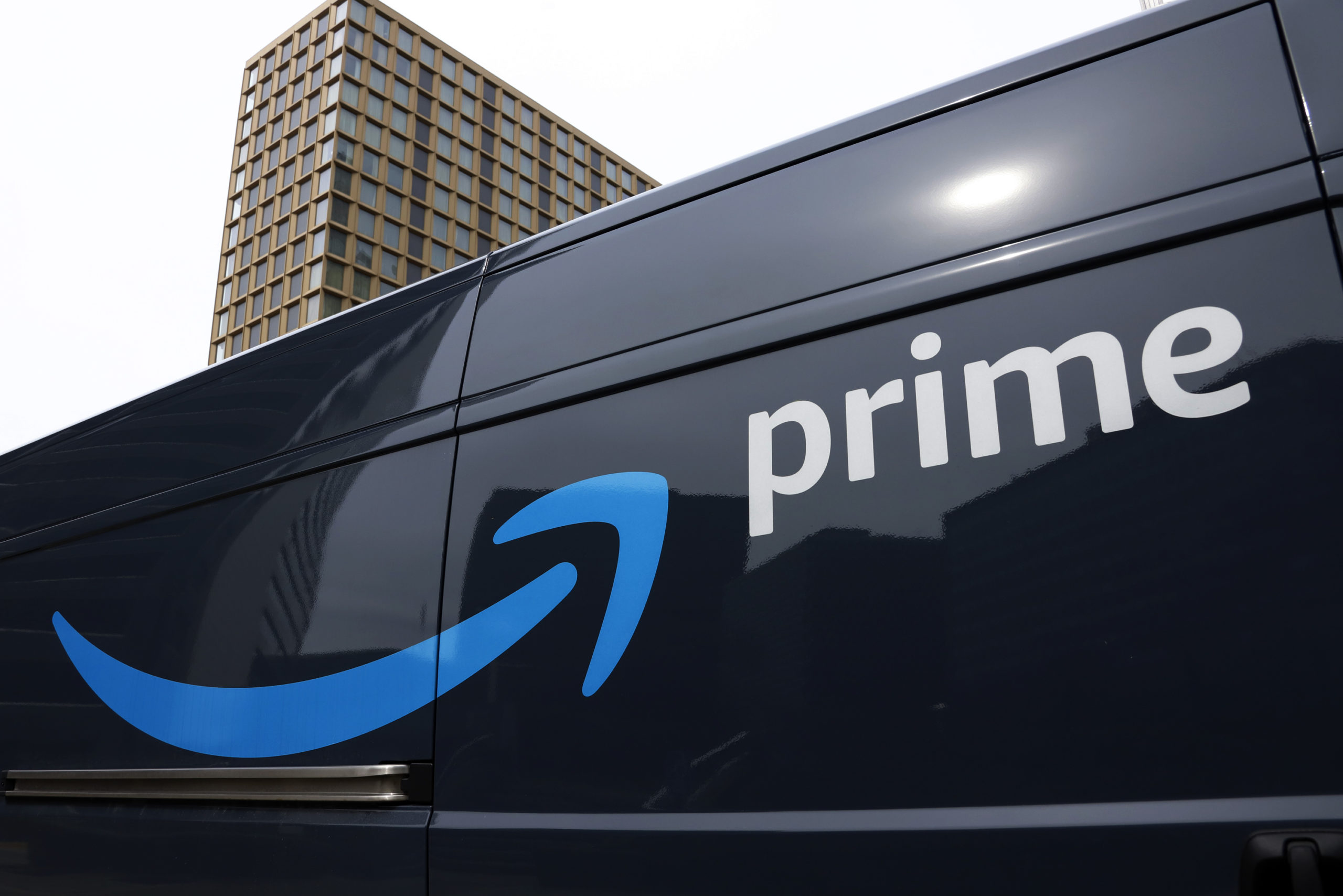Who really owns America? The answer is not so clear-cut. Despite private and government data, there are still gaps in foreign ownership information. These “shortcomings” leave us wondering who truly holds the keys to the country.
Foreign ownership of U.S. land is on the rise, and experts are particularly concerned about China’s increasing role. However, the U.S. government’s ability to track this challenge is hindered by serious blind spots. The February shootdown of a Chinese spy balloon off the East Coast and a North Dakota city council’s rejection of a Chinese government-linked project near a military base helped highlight the challenge but also exposed U.S. weaknesses in addressing it.
According to the U.S. Department of Agriculture’s annual report, 40.84 million acres of land are considered foreign-owned, an increase of over 2.4 million acres from 2020. This makes up 3.1% of all privately held U.S. land. Canada owns 31% of foreign-controlled land, followed by the Netherlands at 12%, Italy at 7%, and the United Kingdom and Germany both at 6%. Foreign investment in agricultural land is concentrated in the South and West.
While China owns less than 1% of U.S. agricultural land, its investment in agricultural holdings has increased dramatically in recent years. Chinese investors controlled just 69,295 acres of American land at the end of 2011, but by the end of 2021, they controlled 383,935 acres. Iran owns 4,324 acres, Russia owns 73 acres, and North Korea owns none.
Foreign investors often buy up farmland for different reasons. For example, Canada is heavily invested in forestland and timber. The U.S. government needs to address these challenges and ensure that foreign ownership of U.S. land does not pose a threat to national security.The Senate hearing on foreign ownership of American farmland was a hot topic, with Agriculture Secretary Vilsack and lawmakers discussing the potential threat of China, Russia, Iran, and North Korea owning more land in the future. But how much land do they actually own? Vilsack’s estimate was inaccurate, underestimating their holdings by tens of thousands of acres.
The problem lies in the implementation of the Agricultural Foreign Investment Disclosure Act, which relies on an honor system for landowners to self-report information about their properties and corporate structures. This leaves room for interpretation and inaccuracies, with some experts noting that foreign purchases may be happening that we don’t even know about.
The flaws in the system are concerning, with the USDA’s data on foreign-owned acres being incomplete and inaccurate. The congressional research arm has pointed out the limitations and shortcomings of the system, including unreported purchases, limits on policing disclosure, and the incentive for non-reporting and anonymity.
Deficiencies in the foreign land ownership data are definitely an area of concern, with the self-reporting component being the biggest issue. It’s alarming that the USDA did not penalize a single entity between 2015 and 2018 over inaccurate foreign ownership filings.
It’s clear that there are many shortcomings in the system, and lawmakers and experts are calling for more transparency and accuracy in reporting. We need to know who owns our farmland and ensure that our national security is not compromised by foreign ownership.A recent memo obtained by Agri-Pulse revealed that the USDA has struggled to keep up with the increasing number of foreign acquisition filings due to limited staff and a new program manager. In 2012, the agency received just 911 filings, while in 2021, it received a whopping 6,363 filings. This has prompted lawmakers to call for more oversight to protect local farmers, rural communities, and national security. However, Agriculture Secretary Vilsack has acknowledged that the USDA has limited investigatory or legal enforcement power, and there is a gap in their ability to know what transactions are taking place.
Interestingly, some wealthy Americans privately own significant swaths of U.S. land, according to The Land Report 100. The Emmerson family, which owns the Sierra Pacific Industries lumber production company, became the largest private owner of land in 2021, with 2.4 million acres. Other high-profile billionaires, such as Jeff Bezos and Microsoft co-founder Bill Gates, have also invested heavily in agricultural land in recent years.
It’s no surprise that agricultural land is a huge asset, and people buy it for investment purposes. However, as foreign acquisition of farmland increases, it’s crucial to have more oversight to protect local farmers, rural communities, and national security. The USDA needs to step up and address the gap in their ability to know what transactions are taking place.Did you know that Bill Gates is not only a tech genius but also the 41st largest private landowner in the US? He owns a whopping 275,000 acres of land! But that’s not all, the US government itself owns a massive percentage of land, about 28% of all US land to be exact. According to the Congressional Research Service, that’s roughly 640 million acres! The Bureau of Land Management, Fish and Wildlife Service, National Park Service, and Forest Service combined manage 606.5 million acres, while the Pentagon administers another 8.8 million acres. It’s interesting to note that the federal government owns just 0.3% of land in states such as Connecticut and Iowa but controls a staggering 80.1% of the land in Nevada. In Alaska, the government owns 60.9% of the land and 45.9% in 11 Western states that border each other, controlling just 4.1% of the land in all other states. Want to learn more about land ownership in the US? Check out the Washington Examiner’s article by clicking here.
" Conservative News Daily does not always share or support the views and opinions expressed here; they are just those of the writer."





